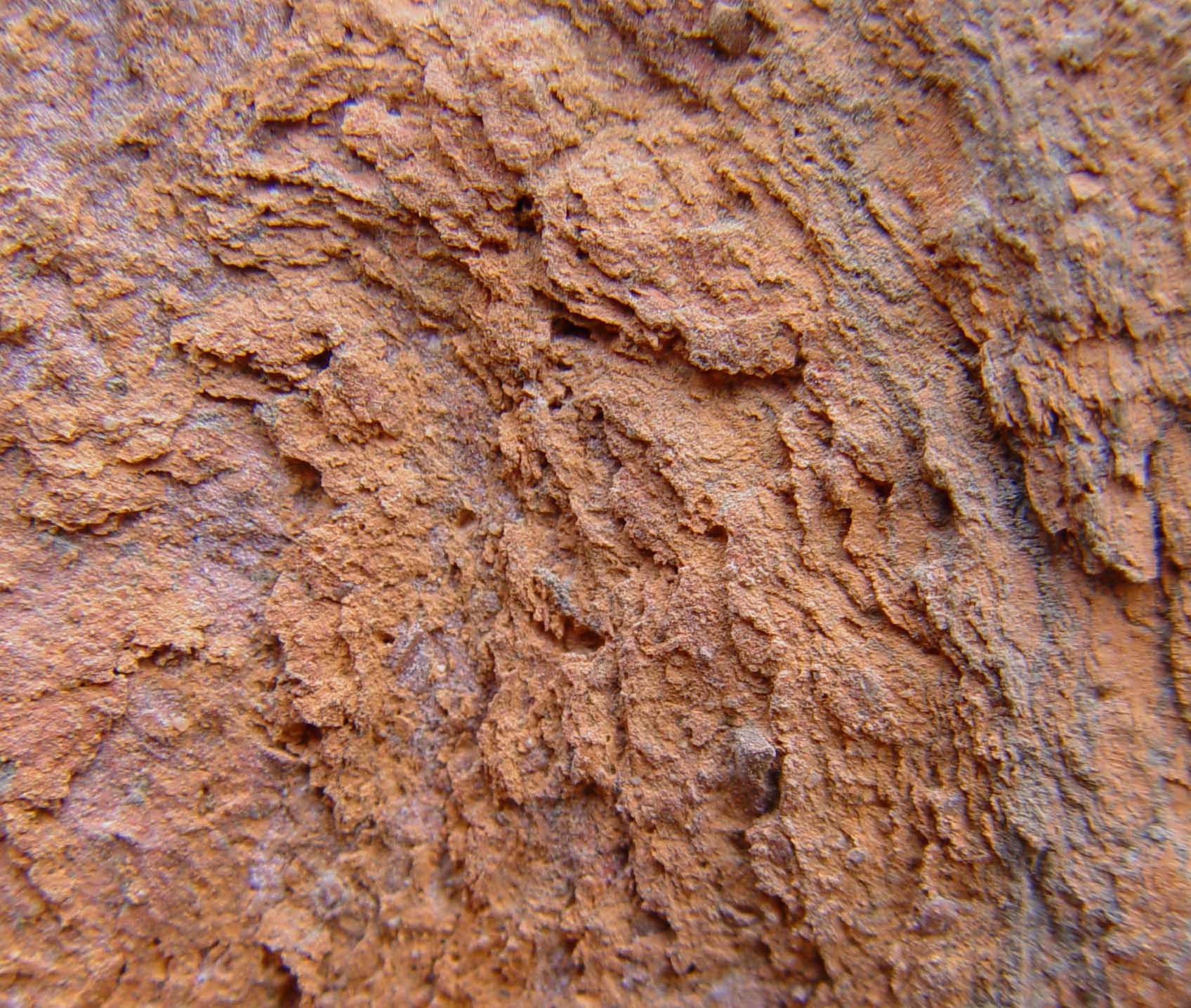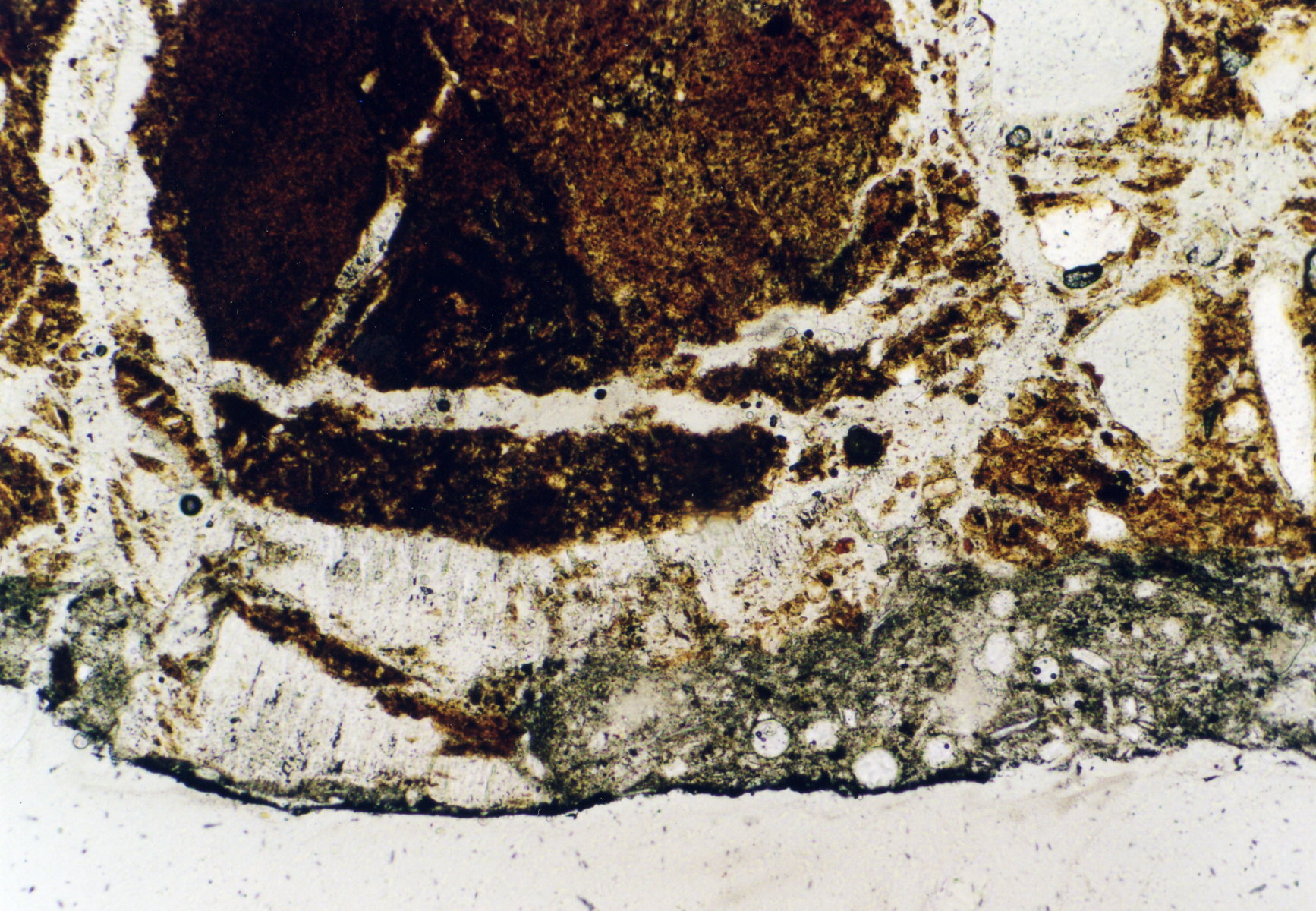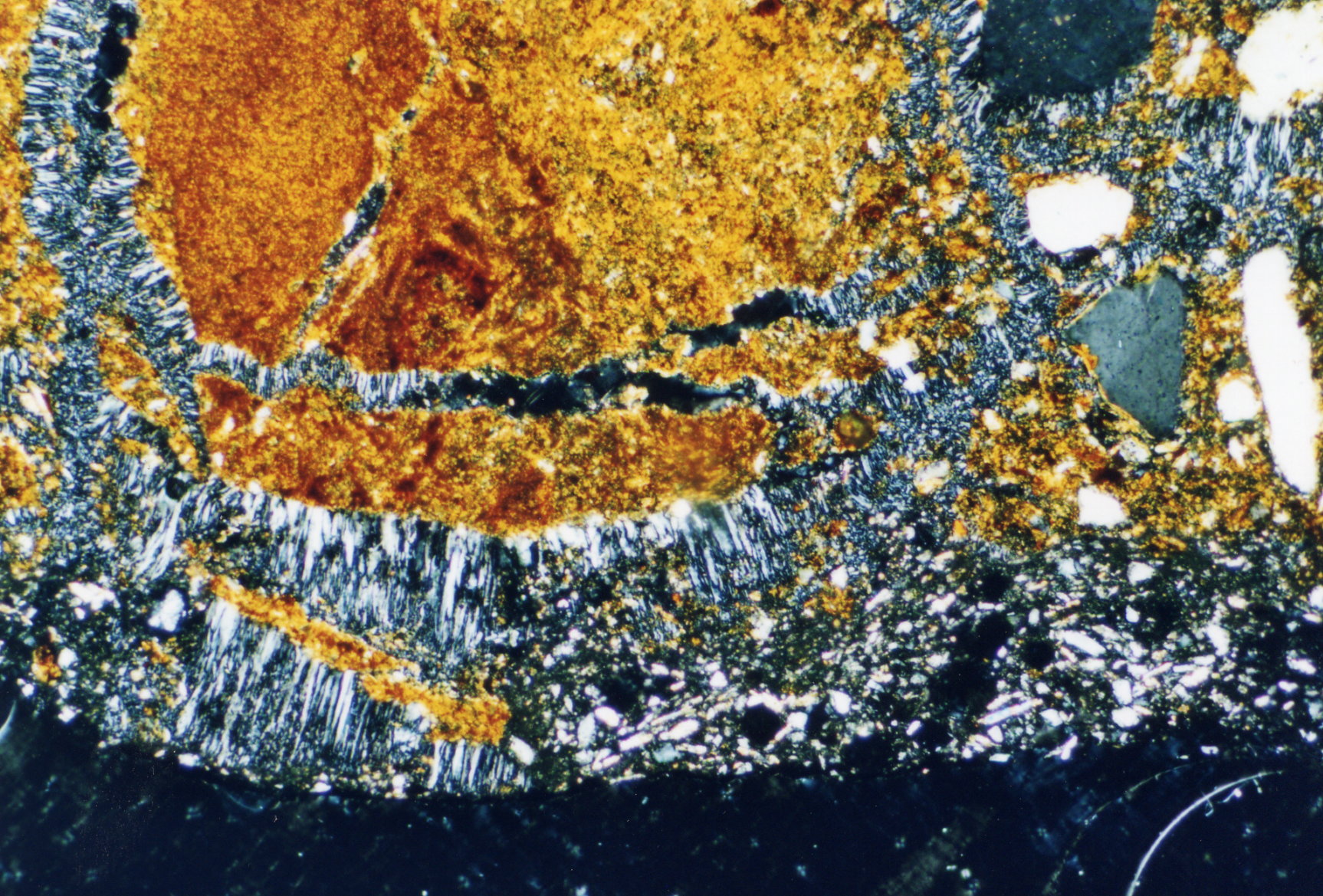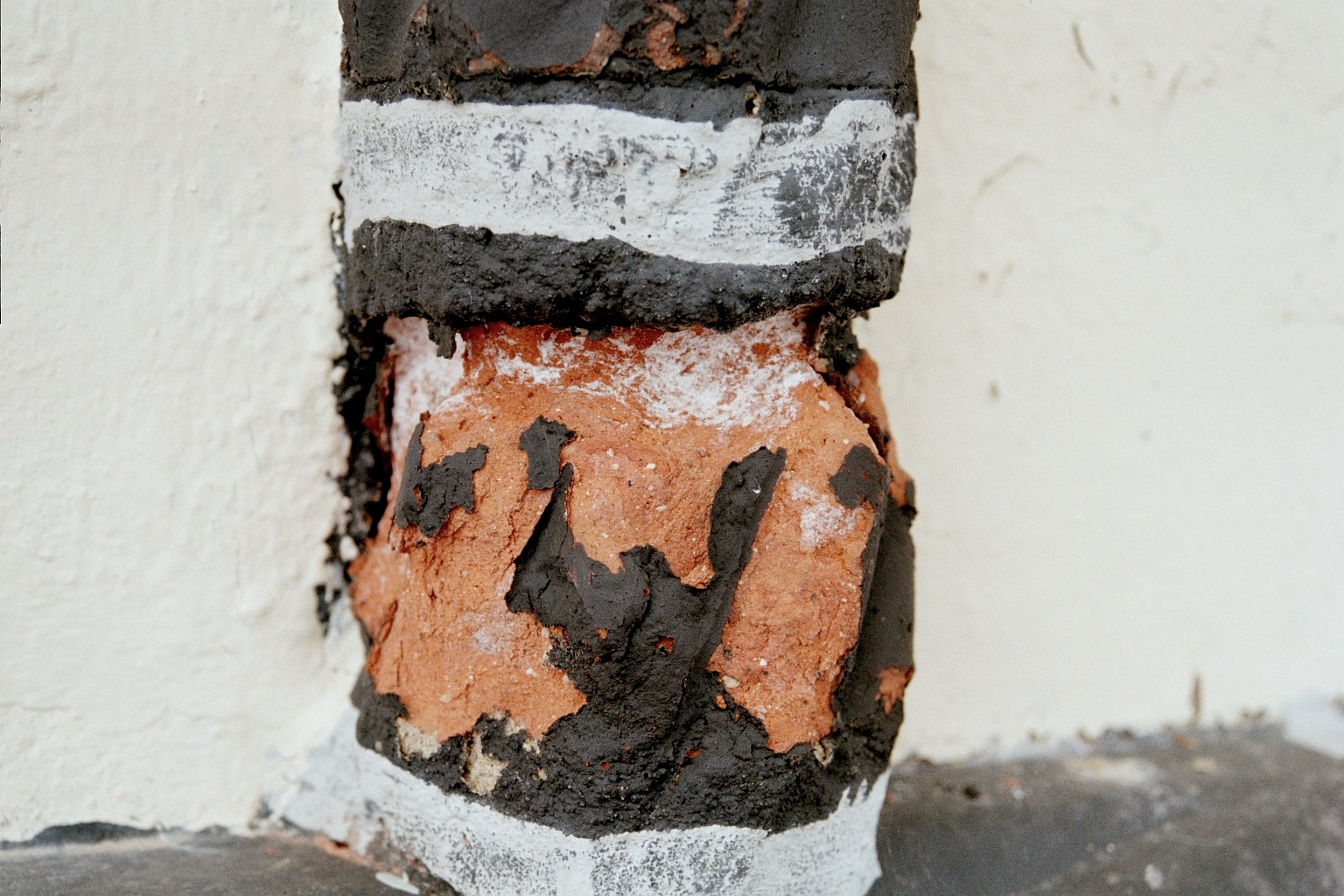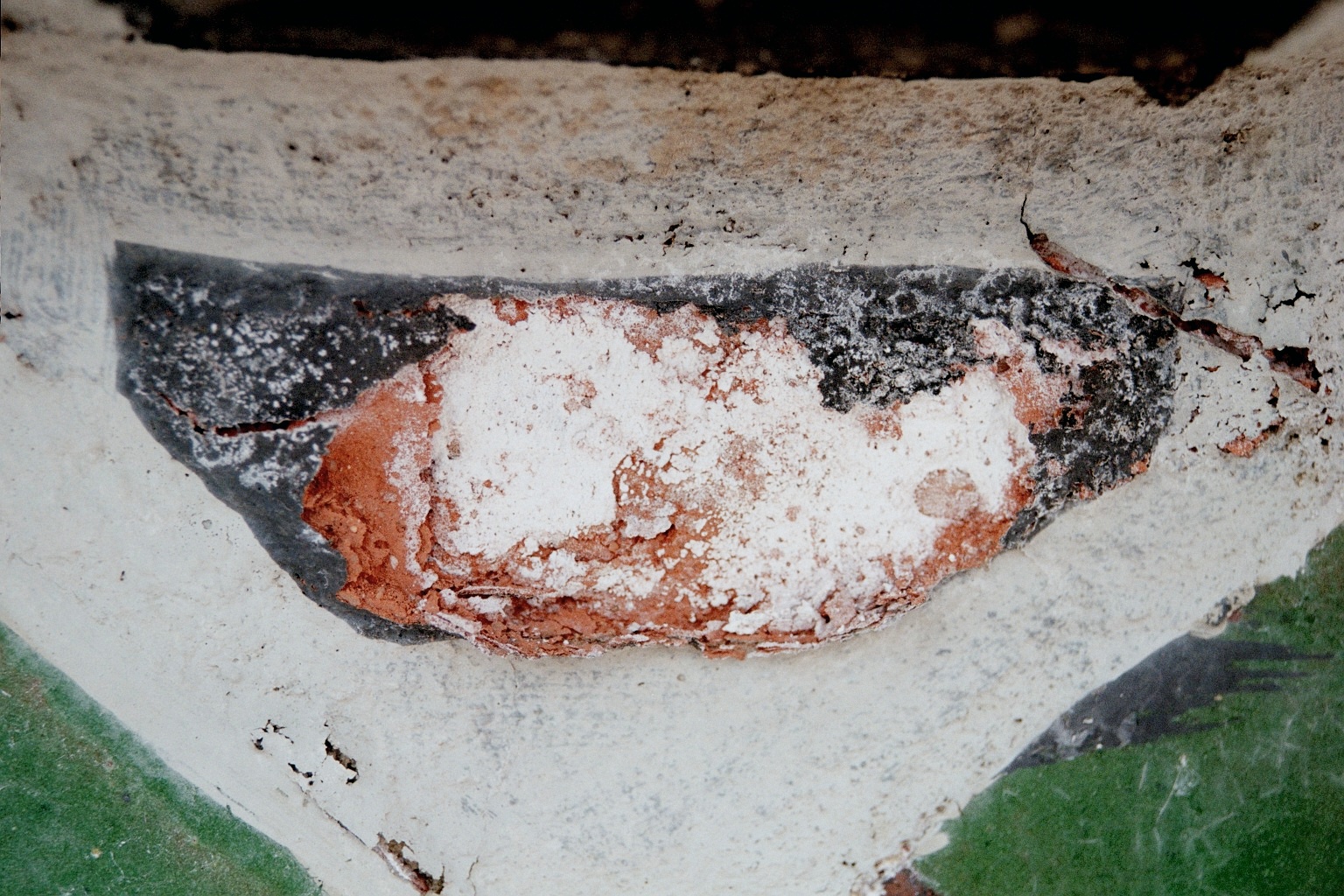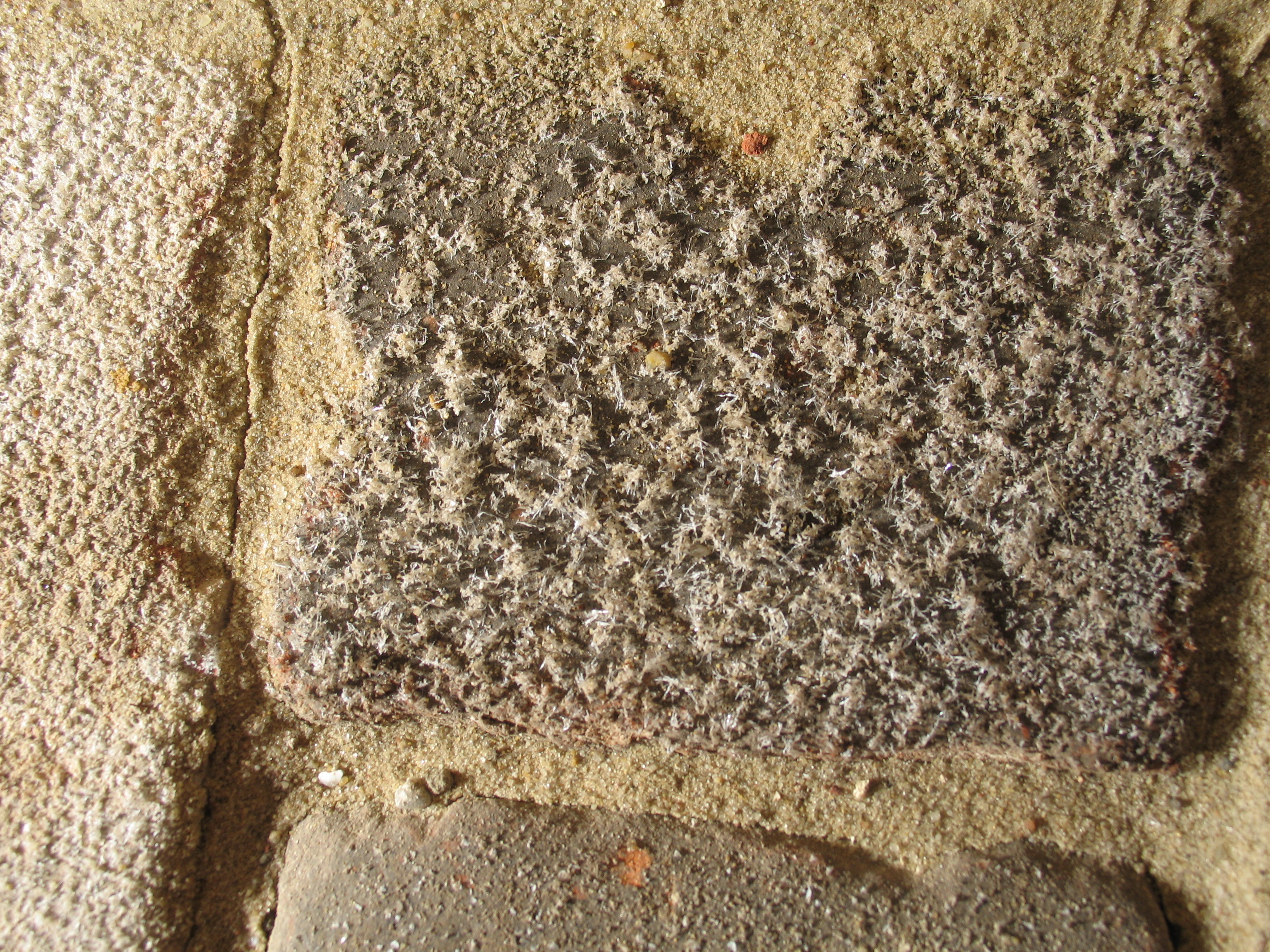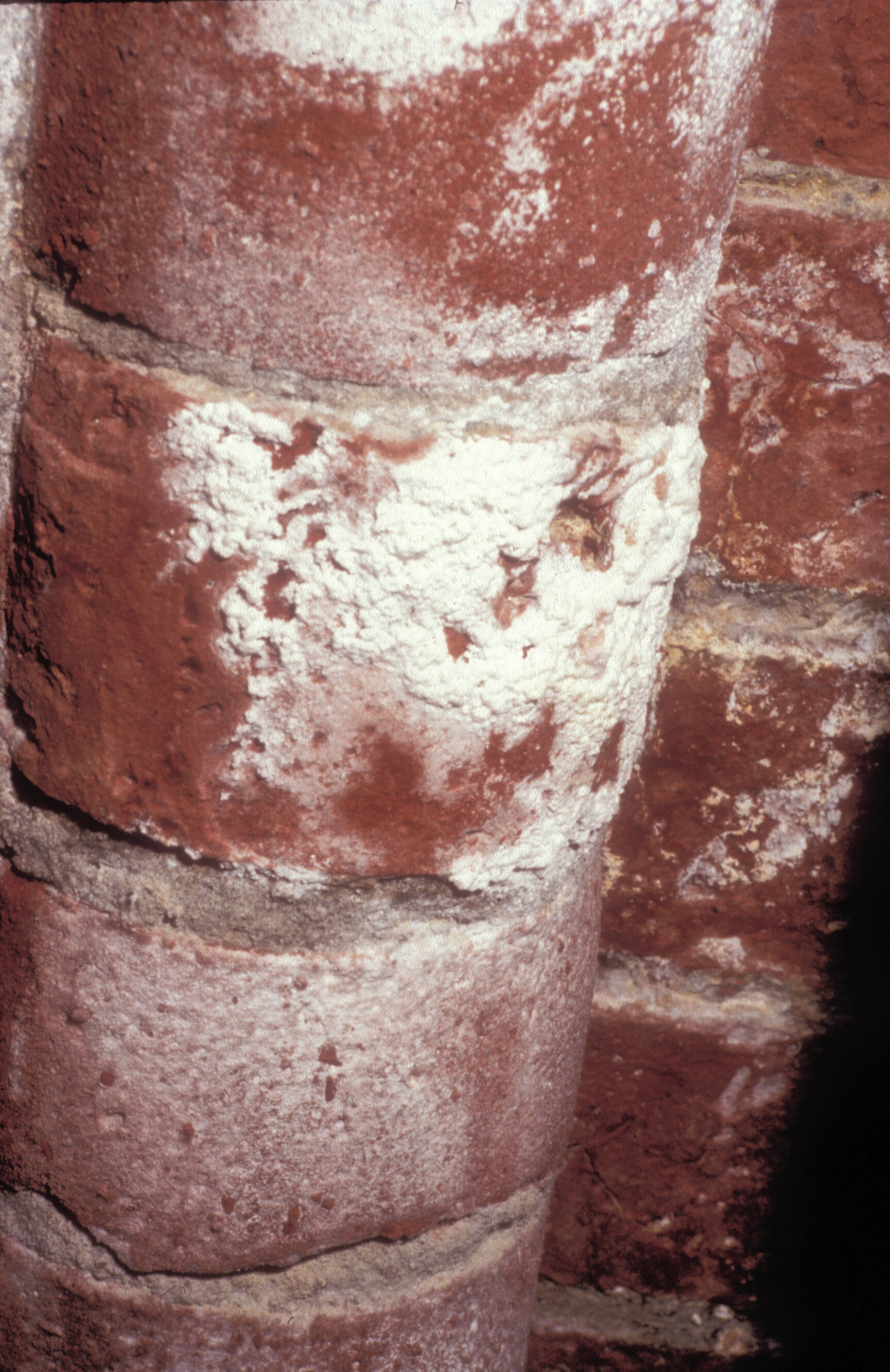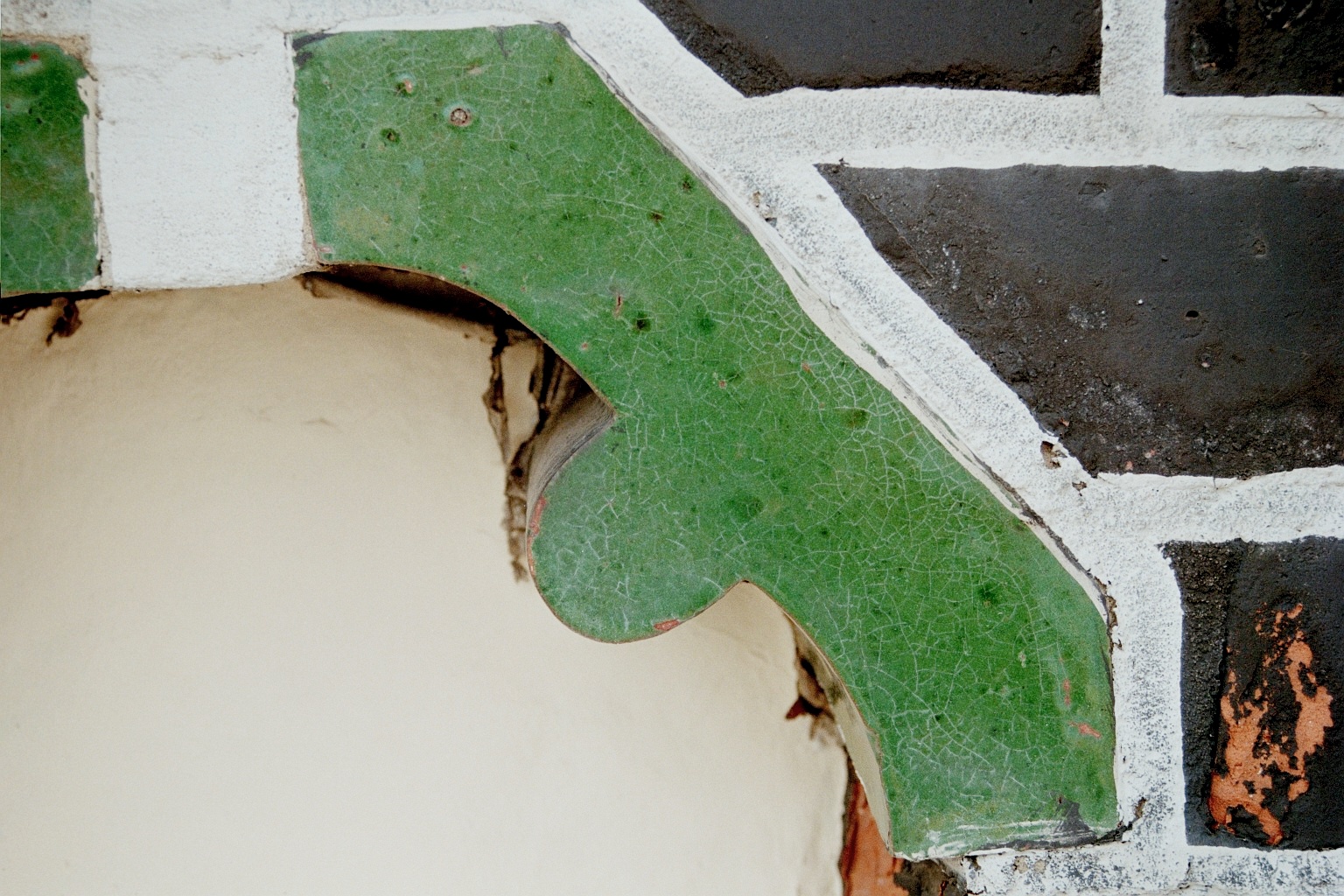Architectural Ceramics: Difference between revisions
Jump to navigation
Jump to search
No edit summary |
|||
| (3 intermediate revisions by one other user not shown) | |||
| Line 39: | Line 39: | ||
<gallery perrow="3" heights="200px" widths="250px" caption="Damage to a building in Lüneburg"> | <gallery perrow="3" heights="200px" widths="250px" caption="Damage to a building in Lüneburg"> | ||
Image:Lueneburg-AmSande1 1.jpg|Figure 4: Salts | Image:Lueneburg-AmSande1 1.jpg|Figure 4: Salts crystallizing cause a molded brick to powder. | ||
Image:Lueneburg-AmSande1 2.jpg|Figure 5: Salt action under a coat of paint resulting in its detachment and disintegration of the brick. | Image:Lueneburg-AmSande1 2.jpg|Figure 5: Salt action under a coat of paint resulting in its detachment and disintegration of the brick. | ||
</gallery> | </gallery> | ||
=== | === Efflorescence === | ||
<gallery perrow="3" heights="200px" widths="250px" caption="Efflorescences on architectural ceramics"> | <gallery perrow="3" heights="200px" widths="250px" caption="Efflorescences on architectural ceramics"> | ||
| Line 54: | Line 54: | ||
== Literature == | == Literature == | ||
[[Category:Schwarz,Hans-Jürgen]][[Category:Decay_Pattern:Ceramics]] [[Category:R-CBlaeuer]][[Category: | [[Category:Schwarz,Hans-Jürgen]][[Category:Decay_Pattern:Ceramics]] [[Category:R-CBlaeuer]][[Category:approved]] | ||
Latest revision as of 09:48, 20 September 2013
Author: Hans-Jürgen Schwarz
English Translation by Sandra Leithäuser
Back to Decay Pattern
Abstract[edit]
Typical deterioration patterns for architectural ceramics are discussed and explained.
Decay patterns of architectural ceramics[edit]
Deterioration of brickwork
Salt-induced damage to bricks is very common.
Glazed architectural ceramics
The glaze on building ceramics prevents the transport of moisture and salts. Often however, the glaze shows "crazing" (a fine network of fissures or cracks) allowing moisture transport through it. And therefore, if salts are present, they will crystallize around these fissures as well as below the glazing around them, leading to its spalling.
Some examples of salt-contaminated architectural ceramics that show the damage induced are shown here:
Flaking[edit]
- Decay pattern on a brick of the St. Jakobi Church in Perleberg
Powdering[edit]
- Damage to a building in Lüneburg
Efflorescence[edit]
- Efflorescences on architectural ceramics
